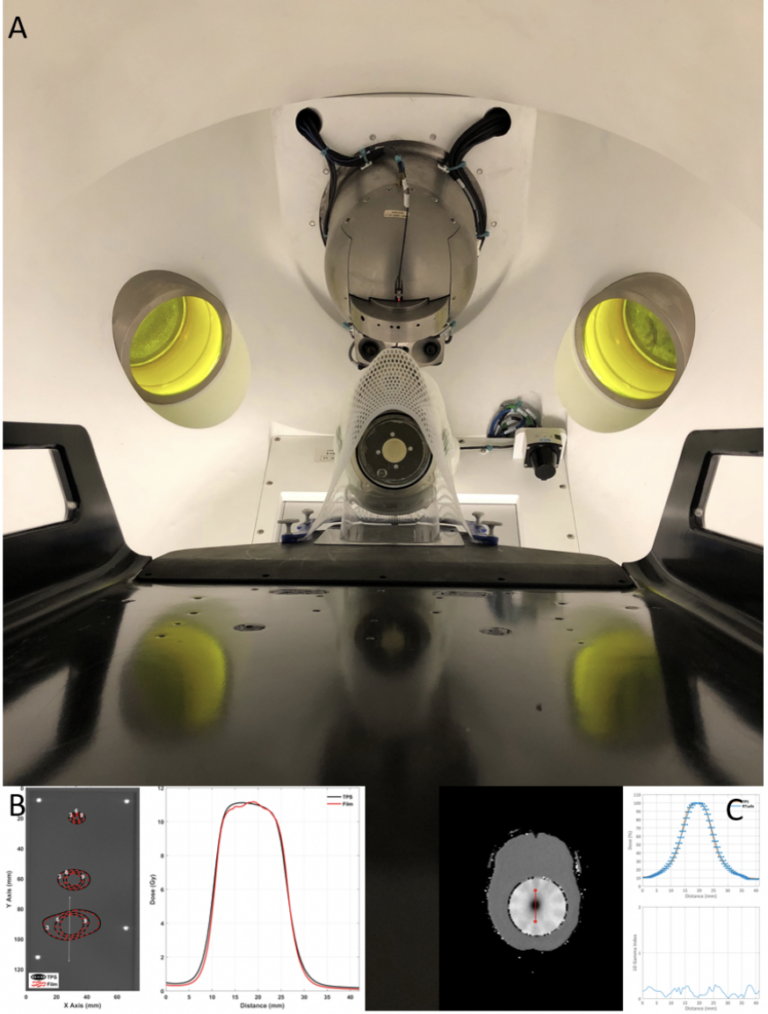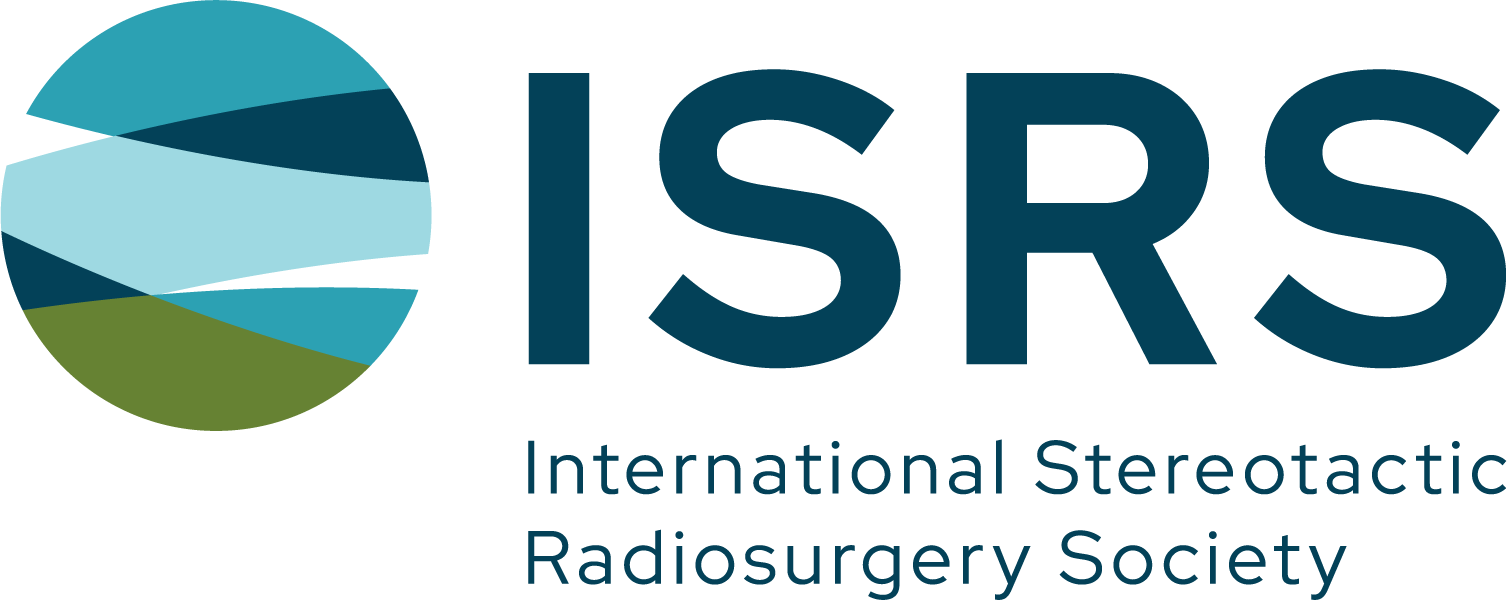Combining advanced technology and expertise for safe and precise radiosurgery treatments
As technology continues to advance, driving the development of even more advanced and effective treatment options, the challenges of contemporary radiosurgery will only continue to grow. Contemporary radiosurgery demands a high level of precision, safety, and patient comfort. Patients expect minimally invasive, non-surgical treatments that offer shorter treatment times, reduced recovery periods, and minimal side effects, allowing them to quickly return to their normal activities. Additionally, healthcare providers require radiosurgery systems that are efficient, cost-effective, and easy to use.
To meet these demands, contemporary radiosurgery systems utilize advanced imaging and targeting technologies, such as the gyroscopic motion used in ZAP-X, to precisely locate and target tumours and lesions. ZAP-X Gyroscopic Radiosurgery System is an advanced medical technology that delivers hundreds of uniquely angled non-coplanar beams to treat benign and malignant intracranial and cervical spine lesions.(1) This cutting-edge treatment method eliminates the need for head frames or masks as it employs a unique gyroscopic motion to keep the patient’s head still during treatment. ZAP-X is a non-invasive, outpatient procedure that can be performed in a single session with minimal side effects.(2)
While ZAP-X’s single-session treatment option, along with its ability to deliver high-dose radiation directly to the tumour or lesion provides significant advantages, it is important to acknowledge that it multiplies the complexity of the treatment chain highlighting the critical importance of a comprehensive Quality Assurance (QA) program to ensure the safety and accuracy of the treatment. QA is an essential aspect of any medical treatment, and ZAP-X is no exception. QA protocols must be integrated into every aspect of the treatment process, from pre-treatment planning to post-treatment follow-up, to ensure that patients receive the highest quality of care.
RTsafe’s solutions provide advanced QA tools to mitigate the risk of potential errors and enhance the overall safety and efficacy of such radiosurgery treatments. The anthropomorphic 3D-printed phantoms along with the remote dosimetry services allow for accurate simulation of patient anatomy, enabling healthcare providers to validate their treatment plans and test the accuracy of their radiosurgery systems in a realistic environment. Additionally, RTsafe’s phantoms can be used for staff training, allowing healthcare providers to gain experience in using new radiosurgery technologies and techniques in a safe and controlled environment. By providing advanced QA tools for radiosurgery, RTsafe is helping to meet the growing demands of contemporary radiosurgery and improve the overall quality of patient care. This allows for a higher level of confidence in the treatment process, which ultimately leads to better patient outcomes.(3)
RTsafe technology assists healthcare professionals to perform the dosimetric evaluation of a ZAP-X Gyroscopic Radiosurgery System during the commissioning and periodic QA. The overall accuracy of the radiosurgery procedure can be evaluated by performing End-to-End tests utilizing the Prime anthropomorphic head phantom and remote dosimetry services by RTsafe. Dose measurements are performed on a 3D reproduction of a real patient’s anatomy simulating an actual treatment process. The well-established 2D film dosimetry using radiochromic films in combination with the unique advantage of 3D polymer gel dosimetry that RTsafe provides as services offer the information needed for a comprehensive evaluation of the radiosurgery system

References:
[1] Weidlich GA, Bodduluri M, Achkire Y, Lee C, Adler JR. Characterization of a Novel 3 Megavolt Linear Accelerator for Dedicated Intracranial Stereotactic Radiosurgery. Cureus. 2019;11(3):1-18. doi:10.7759/cureus.4275
[2] ZAP: https://zapsurgical.com/
[3] RTsafe: https://rt-safe.com/

Emmanouil Zoros is responsible for product management, data analysis, and film dosimetry at RTsafe. He has a Diploma in Applied Mathematics & Physics from the National Technical University of Athens, a M.Sc. and a Ph.D. in Medical Physics from the National and Kapodistrian University of Athens. His research interests focus on radiation therapy with emphasis on quality assurance in stereotactic radiosurgery, experimental and computational dosimetry using Monte Carlo simulation techniques.
